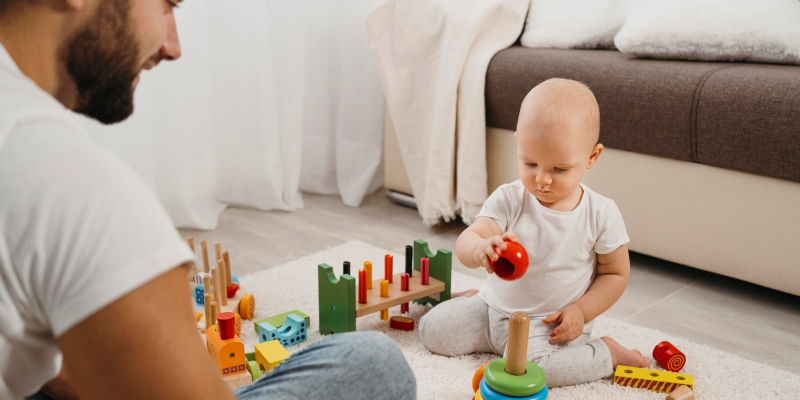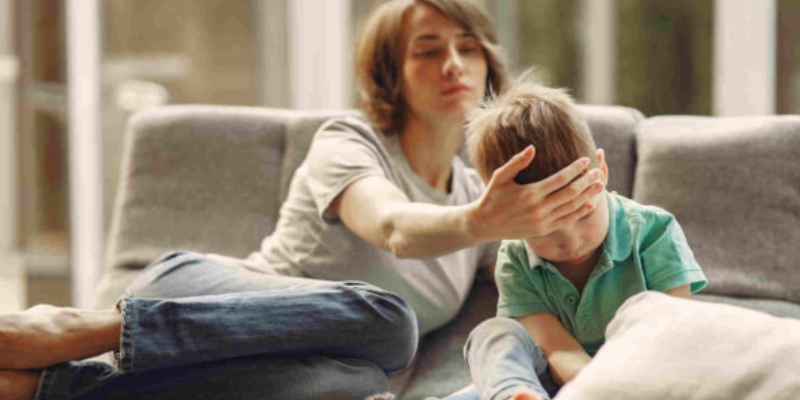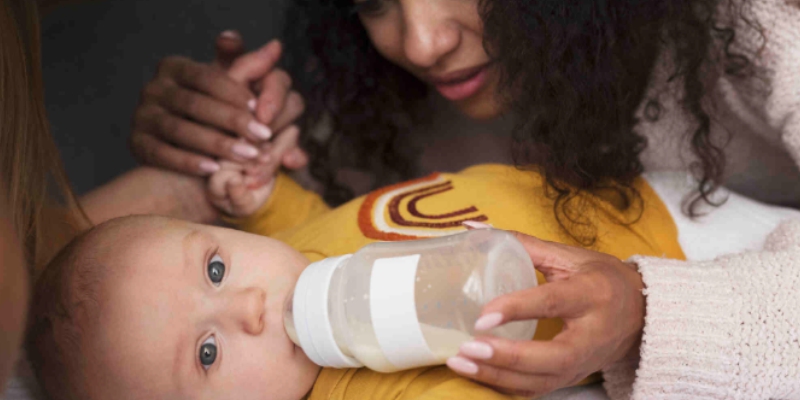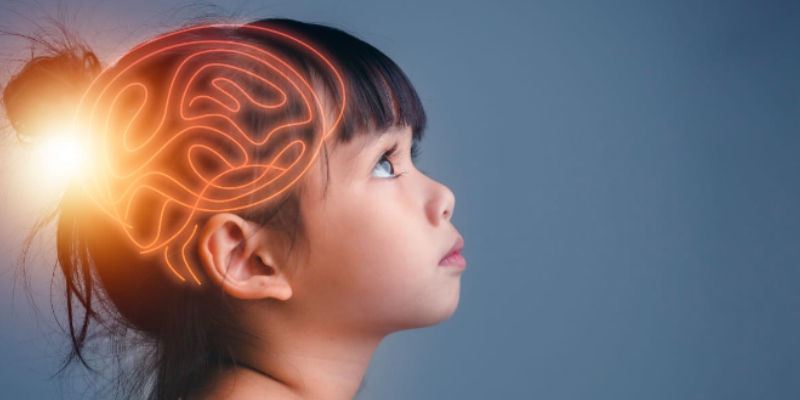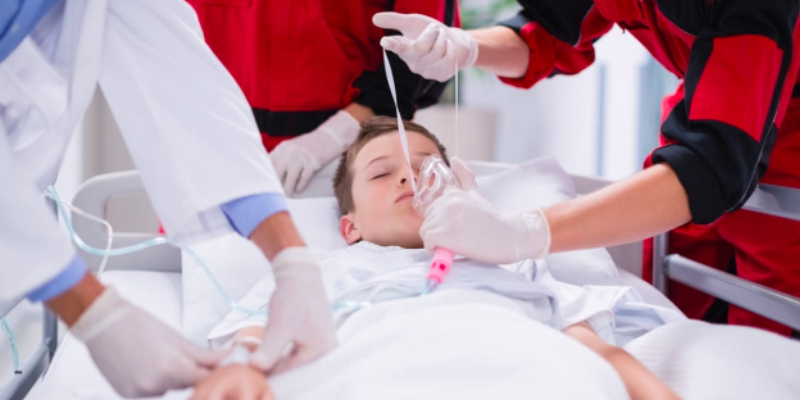Author – Dr Ekawali Gupta
MBBS, MS Degree in OBG, Consultant,
Consultant Obstetrician and Gynaecologist, Mohali.
Importance of Deworming in Children and Home Remedies
I. Introduction:
Parasitic infections in children are a concerning health issue, particularly in developing countries like India. One effective way to combat this is through a regular deworming schedule. This article Dr Ekawali Gupta, MBBS, MS Degree in OBG, Consultant Obstetrician and Gynaecologist, aims to shed light on the importance of deworming, its recommended schedule, available medications, and some effective home remedies.
II. What is Deworming?
Deworming is the process of eliminating parasitic worms from the gastrointestinal tract, using medications or natural remedies. The best Gynecologist and Obstetrician in Sector 32 is saying that deworming is an essential aspect of preventive healthcare, particularly for children who are more susceptible to these infections.
III. Why is Deworming Important?
Health Benefits:
1. Improved Nutrient Absorption: Parasitic worms reside in the digestive system and feed off the nutrients ingested by the host. By eliminating these parasites, the child’s body can better absorb essential nutrients from food, which is critical for their overall well-being.
2. Better Immune Function: Parasitic infections often compromise the immune system, making children more susceptible to other infections. Deworming helps in restoring optimal immune function by ridding the body of parasitic worms, thereby allowing the immune system to focus on other potential threats.
3. Enhanced Cognitive and Physical Development: Chronic parasitic infections can lead to malnourishment, stunting growth and cognitive development. Regular deworming schedules can help mitigate these risks and contribute to a child’s overall development.
4. Reduced School Absenteeism: Children suffering from parasitic infections often miss school due to related health issues. Regular deworming can significantly reduce absenteeism, contributing to better academic performance.
5. Better Quality of Life: Constant itching, abdominal pain, and other symptoms of worm infections can adversely affect a child’s day-to-day activities. Deworming can alleviate these symptoms, leading to a better quality of life.
Risks of Not Deworming:
1. Anemia: Worms like hookworms feed on blood, leading to significant blood loss and anemia.
2. Weakness and Fatigue: Lack of essential nutrients and anemia can lead to general weakness and fatigue.
3. Cognitive Delays: As mentioned, persistent infections can impact a child’s cognitive functions, potentially leading to learning difficulties and developmental delays.
4. Gastrointestinal Issues: Parasitic infections can lead to abdominal pain, diarrhea, and other gastrointestinal problems.
5. Spread to Family Members: Many of these parasitic infections are contagious and can easily spread to other family members if not addressed.
IV. Deworming Schedule:
According to Indian healthcare guidelines, deworming should start as early as one year of age and continue periodically. Usually, Albendazole or Mebendazole are prescribed.
- 12-24 months: Once every 6 months
- 2-14 years: Once every year
V. Common Medications for Deworming
1. Albendazole: A broad-spectrum antiparasitic medication.
2. Mebendazole: Another effective medication, although less commonly used.
Other over-the-counter medicines are also available but should be used under medical supervision.
VI. Home Remedies for Deworming
Ayurvedic Remedies:
1. Neem Leaves: Consuming neem leaves can help in the natural expulsion of worms.
2. Turmeric: A pinch of turmeric in warm water can also be effective.
Herbal Solutions:
1. Garlic: Known for its anti-parasitic properties.
2. Pumpkin Seeds: Can help in the removal of tapeworms and roundworms.
Diet Modifications:
1. High-fiber foods
2. Probiotics
VII. Side Effects and Precautions
Common Side Effects:
1. Nausea and Vomiting: Some children might experience nausea and occasional vomiting after taking deworming medications.
2. Abdominal Pain: Mild abdominal pain is another common side effect but usually subsides within a day or two.
3. Diarrhea: A less common side effect, but possible, particularly if the medication causes a rapid expulsion of the worms.
4. Skin Rashes: Some children might develop mild skin rashes, which usually disappear after a couple of days.
5. Headache: A very rare side effect, but worth mentioning.
Precautions:
1. Consult a doctor: best gynecologist and obstetrician in sector 32 says Always consult a healthcare provider before starting any deworming regimen, especially if your child has other medical conditions or allergies.
2. Follow Recommended Dosage: Never exceed the recommended dosage as it could lead to severe side effects.
3. Monitor for Allergic Reactions: Keep an eye out for symptoms like difficulty breathing, swelling of the face or lips, and severe rashes as these could be signs of an allergic reaction.
4. Hygiene Practices: Along with medication, ensure good hygiene practices like regular handwashing to prevent re-infection.
5. Family Deworming: Since these infections can spread easily, it’s often recommended that all family members undergo deworming simultaneously.
VIII. The Role of Motherhood Hospitals/Fertility Clinics
Consultation services and expert opinions on deworming are available. It’s essential to consult with specialists to personalize the deworming schedule for your child.
IX. Conclusion
Deworming is an essential aspect of child healthcare. It not only safeguards against parasitic infections but also fosters better growth and development.
X. Frequently Asked Questions (FAQ)
1. What is the best age to start deworming?
As early as one year of age.
2. Are home remedies effective?
They can be, but medical consultation is advised.
3. Are there any side effects?
Usually mild but consult a healthcare provider for any persistent issues.
Dr Ekawali Gupta will respond to your query as soon as possible. For emergencies please call and reach Motherhood Hospital, Mohali.
At Motherhood Hospitals, we have a team of experienced supers specialists backed by the latest infrastructure and facilities. We have the best gynaecologist in Mohali. We are experts in handling complex deliveries, gynaecological, and other surgeries including a range of laparoscopic surgeries.
Do take an appointment with the best woman care hospital in Mohali at a centre closest to you. Meet with our doctors who will carry out the required investigations, diagnose the issue and recommend the most appropriate treatment, enabling you to lead an active life.
If you wish to get in touch with Dr. Ekawali Gupta, please book your appointment here.


 Toll Free Number
Toll Free Number









